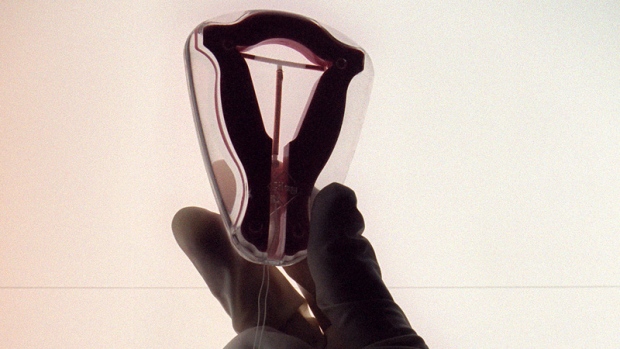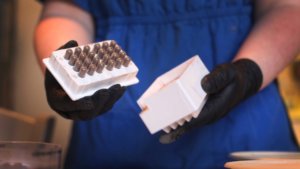
IUD most effective birth control method, Canadian pediatricians declare
Teen girls who are sexually active should be offered long-acting birth control such as an intrauterine device (IUD) as a first line of defence, the Canadian Paediatric Society says in a new position statement.
Pediatricians reviewed the benefits and risks of each method of birth control, which they will continue to do with patients.
“We’re saying that intrauterine contraception is easily the most effective method of contraception and so you should be talking about it,” said Dr. Giosi Di Meglio, an author of the statement and a member of the society’s adolescent health committee.
An IUD is a small, often T-shaped device placed inside the uterus by a doctor, nurse practitioner or nurse to prevent pregnancy. An intrauterine system (IUS) also has a hormone component. Both work continuously over years and can be removed at any time by a health-care provider.
In the late 1970s, concerns arose because it was thought that the IUD’s string, which comes out through cervix, could help bacteria get into the uterus and increase the risk of an infection.
“However, when they went back and analyzed the data again, they realized in fact that the string was not acting that way at all,” Di Meglio said an interview from Quebec City. “You’re just as likely to get a pelvic infection if you’re not using any form of birth control than if you’re using the IUD.”
A small risk of tissue perforation exists during insertion and there can be intense cramps immediately after the procedure and up to a few days after.
Putting the IUD or IUS front and centre in the list of effectiveness is an important change in practice, the society said.
The devices themselves cost the Quebec government’s prescription plan about $325 for the hormone-releasing system that lasts five years. People can buy copper-based IUDs for about $60 to $100.
Many young women who are sexually active use birth control pills. Di Meglio said the pill works fairly well in studies with ideal conditions, but in real life, the number of failures is much higher.
About nine in 100 women who use contraceptive pills, a skin patch or intravaginal ring will have an unintended pregnancy, which Di Meglio called a lot for teens and their parents. Using a condom reduces the failure rate to two in 100.
The failure rate for intrauterine contraceptives is about two in 1,000 women for IUS and eight in 1,000 for copper IUD, the position statement said.
At Planned Parenthood’s Teen Health Source in Toronto, teen peer counsellors answer questions by text, email and phone calls, including about birth control methods.
Kristen Heise, a nurse practitioner with Planned Parenthood, welcomed more conversations on the subject since publication of the statement.
“To me it just offers another choice,” Heise said. “Hopefully it lets clients have access to more options which is always a good thing.”
Heise said a common question is whether teens need a parent’s permission to get birth control. The Canadian Paediatric Society says young people can receive confidential care, including prescriptions for contraception, as long as they are mature enough to understand the nature and risks of treatment.
Condoms are still the best protection against sexually transmitted infections and all youth are encouraged to always use them for that purpose.
For parents, the society suggests talking about sex and the emotional side of sexuality early and in small steps to encourage youth to ask questions.
Photo credit: CBC News.
Original article at: http://www.cbc.ca/news/health/birth-control-iud-1.4684855








